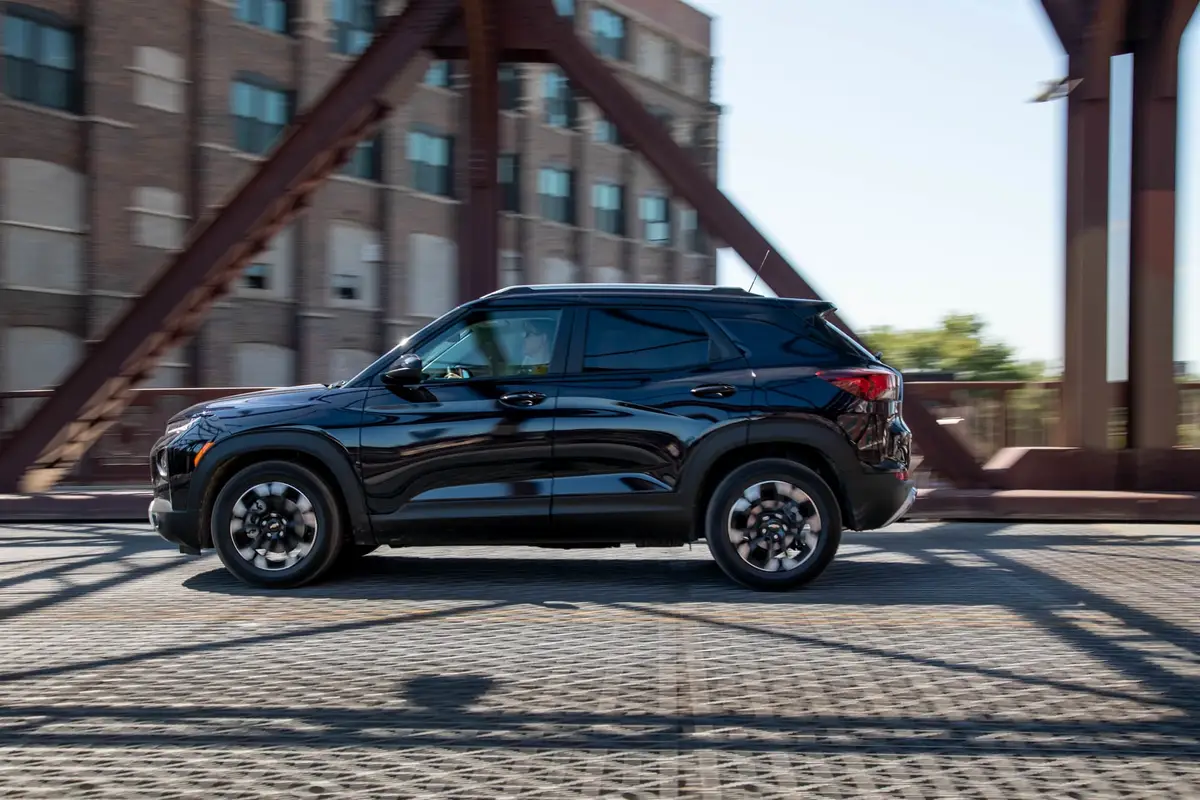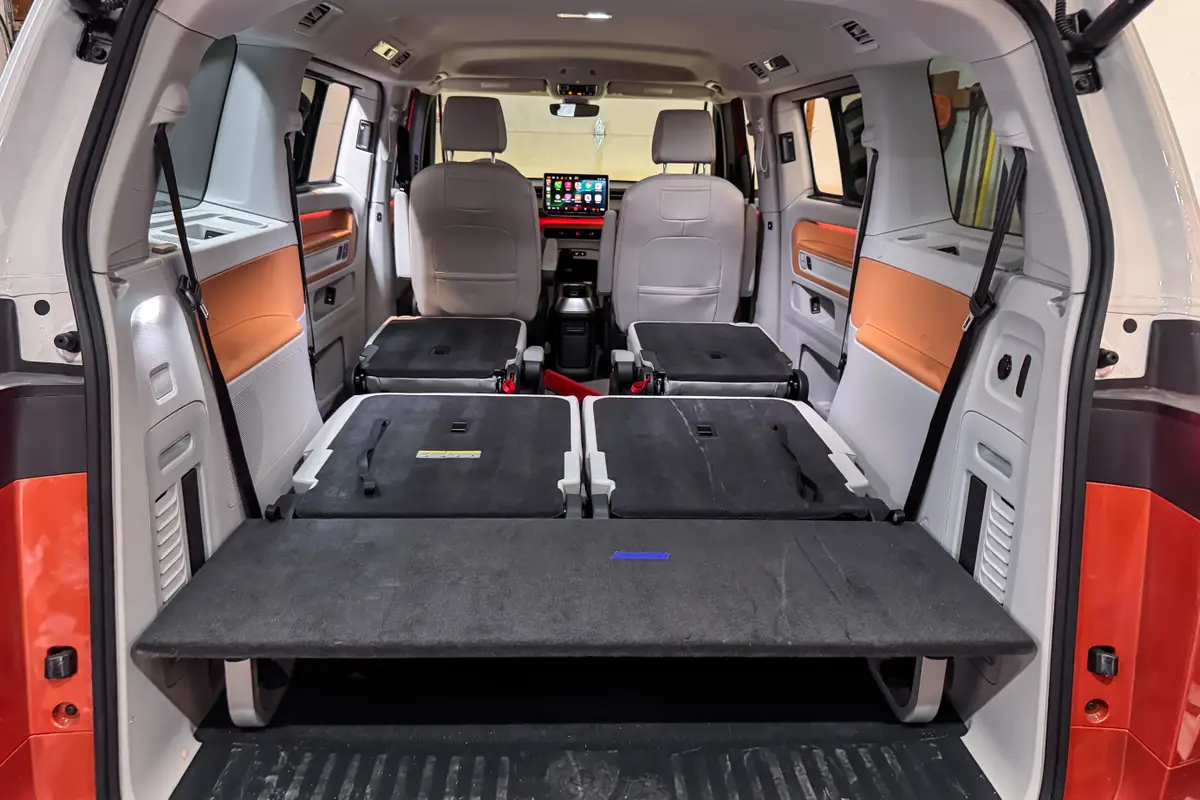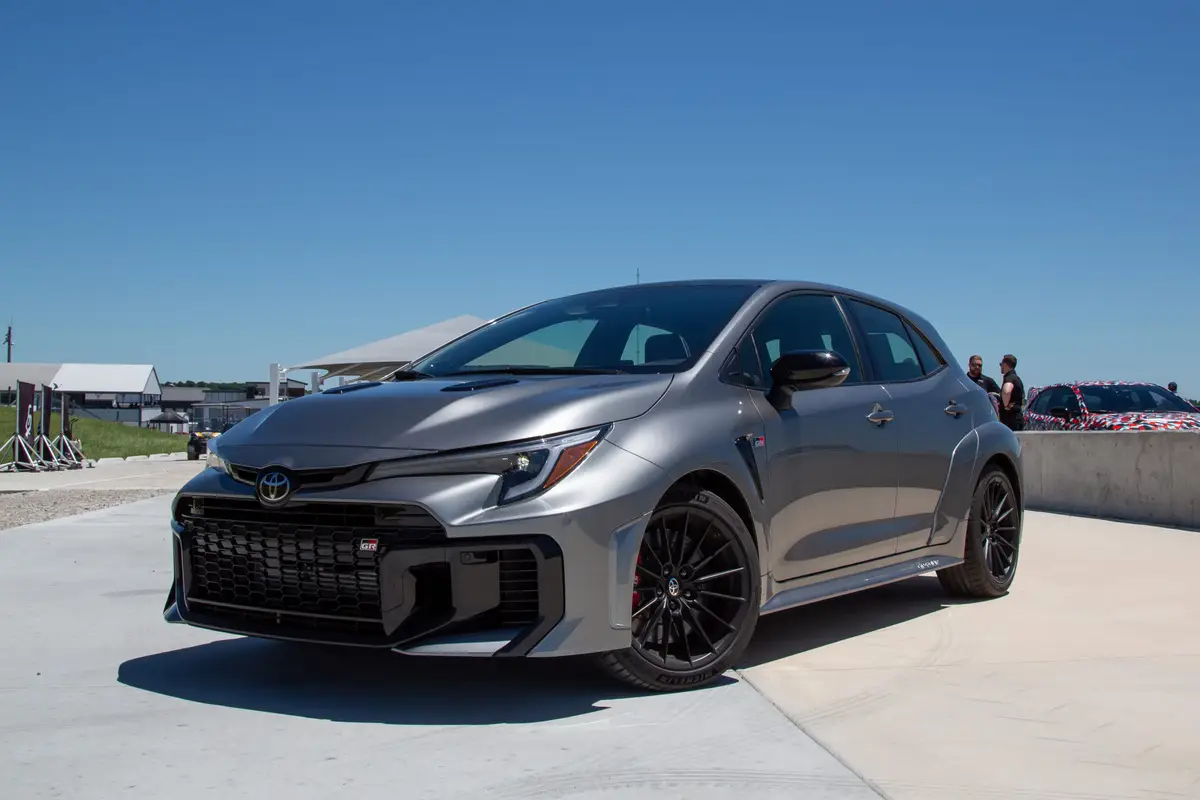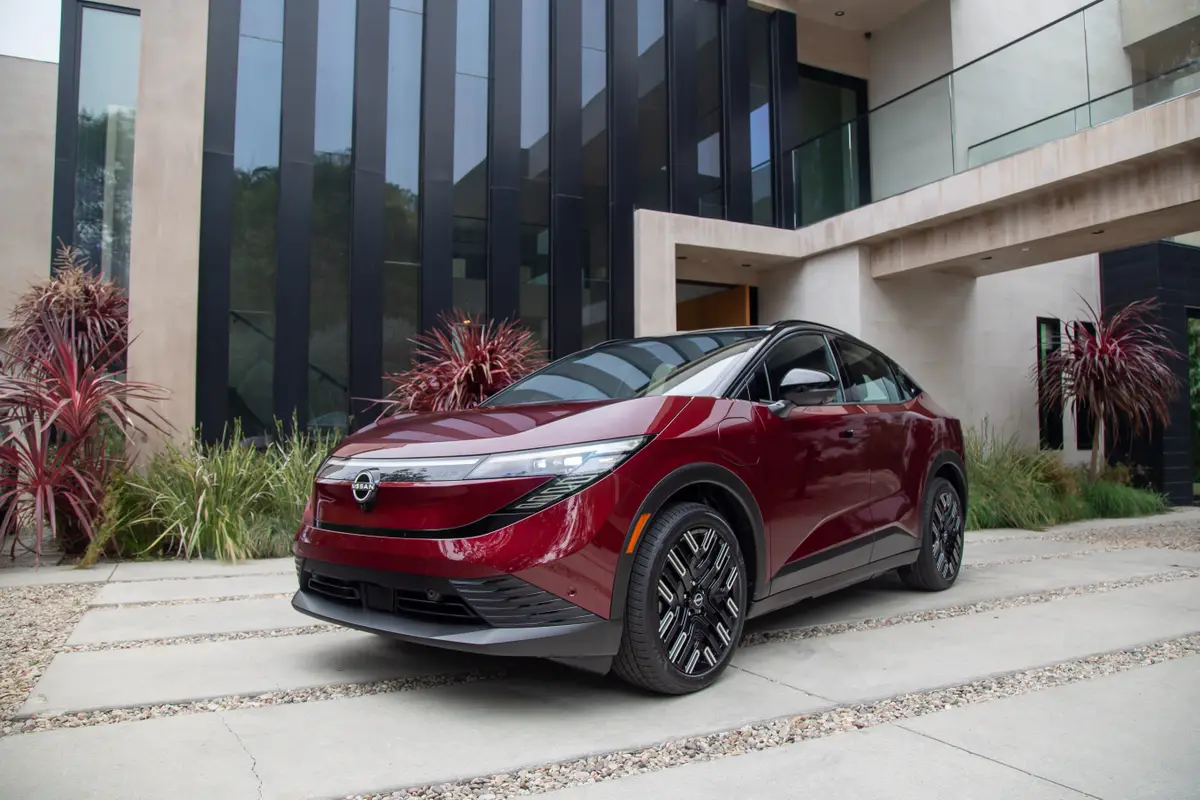How Often Does My Car Need to Be Driven?


Editor’s note: This article was last updated on Jan. 9, 2023. It has been reviewed by Cars.com Senior News Editor Jennifer Harrington and is still accurate.
If you don’t regularly drive your car, it can be easy to feel disconnected from the mechanics of it. Out of sight, out of mind, right? Not necessarily: We recommend driving every two to three weeks to make it less likely that you wind up with a dead battery or other issues that can be caused by letting a car sit parked for weeks.
Related: Which Used Cars Still Have Free Maintenance?
We’ve heard many people say they let their cars sit for months in a garage with no problems, but you’re better off driving it a couple of times each month and for at least 10 miles, with some speeds over 50 mph, if possible. You not only want your engine to get fully warmed up but for the entire car to get some exercise, as well.
Letting a car idle for 10 minutes will get the engine up to normal operating temperature but accomplish little else. Driving the car for several miles wakes up the transmission, brakes, suspension, power steering and climate system (including the air conditioner), as well as all the fluids, seals and gaskets for those components that have been on a long snooze.
Batteries slowly lose their charge when they sit idle, and starting the car will drain it even more. That is one reason you want to drive several miles afterward, so the battery has a chance to recharge. If a car sits parked for a month or more, the battery may lose so much power that it will need a jump-start — or a charge before the engine will start. To be sure your car will always start, consider a battery tender as described in our guide, “How to Store Your Car for Winter.” Unlike the rechargeable batteries in electronics, conventional car starter batteries don’t like to cycle deeply, so keeping them topped off could improve their longevity.
Here are more reasons not to let your car sit for several weeks or longer:
- Tires slowly lose air under all conditions but especially during cold weather. As they do, the weight of the car keeps pressing down on the tires, which causes flat spots to develop on the segments sitting on the ground. Driving the car and adding air when necessary will usually make the tires round again, but letting the vehicle sit for extended periods on underinflated tires can cause permanent flat spots that you will be able to feel and hear when you drive.
- Rodents might take up residence under the hood or even in exhaust outlets. If they get hungry, some may munch on the wiring harnesses and other parts made of soy and other organic materials that are used on modern vehicles.
- Moisture can collect in the gas tank (especially if it isn’t full) and in the oil over time, and that can lead to corrosion.
More From Cars.com:
- Which New Cars Have Free Maintenance?
- Are Extended Car Warranties Worth It?
- Pros and Cons of CPO Versus an Extended Warranty
- More Vehicle Service News
- Find Your Next Car
Related Video:
Cars.com’s Editorial department is your source for automotive news and reviews. In line with Cars.com’s long-standing ethics policy, editors and reviewers don’t accept gifts or free trips from automakers. The Editorial department is independent of Cars.com’s advertising, sales and sponsored content departments.

Contributor Rick Popely has covered the auto industry for decades and hosts a weekly online radio show on TalkZone.com.
Featured stories




